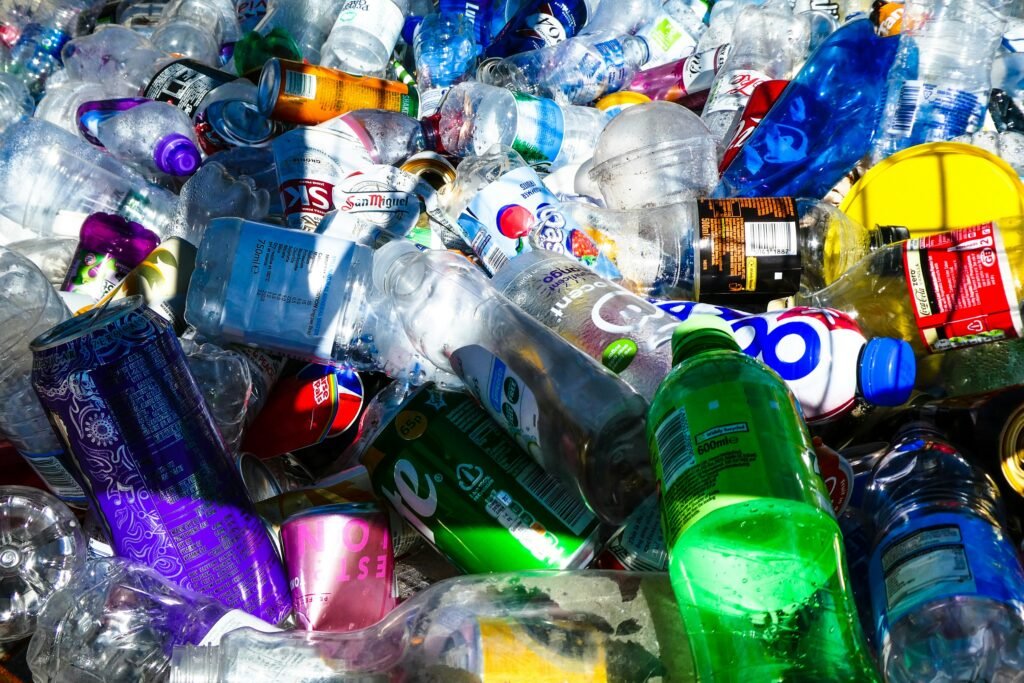Welcome to an exciting journey into the world of tire recycling! In this article, you will discover the latest trends and innovations that are shaping the future of tire recycling technology. From sustainable methods to innovative processes, the tire recycling industry is paving the way for a greener and more environmentally friendly future. Join us as we explore the emerging trends that are unlocking the potential of tire recycling and paving the way for a more sustainable tomorrow.
Unlocking the Future of Tire Recycling: Emerging Trends
Have you ever wondered what happens to all the tires that get discarded each year? In recent years, tire recycling has become an increasingly important process to reduce waste and promote sustainability. Let’s take a look at some of the emerging trends in tire recycling technology that are shaping the future of this industry.
The Importance of Tire Recycling
You may not realize it, but tires pose a significant environmental threat if not disposed of properly. Every year, millions of tires end up in landfills, where they take up valuable space and can pollute the soil and water. Tire fires can also release harmful toxins into the air, posing health risks to nearby communities.
Recycling tires is crucial for reducing waste and preventing environmental damage. By repurposing old tires into new products, we can minimize the impact on our planet and create a more sustainable future for generations to come.
Advanced Processing Technologies
In recent years, significant advancements have been made in tire recycling technologies. Traditional methods of shredding and grinding tires have been replaced by more sophisticated processes that allow for the extraction of valuable materials such as rubber, steel, and textile fibers.
One of the most promising technologies is pyrolysis, which involves heating tires in the absence of oxygen to break them down into their basic components. This process can yield high-quality liquid fuels, carbon black, and steel wire, which can be used in a variety of applications, from asphalt production to manufacturing.
Pyrolysis Process Overview
The pyrolysis process begins by feeding tires into a reactor chamber, where they are heated to high temperatures (400-600 degrees Celsius) in the absence of oxygen. The tires are then broken down into gas, oil, and char, which can be further refined into valuable products.
By using pyrolysis technology, we can recover up to 90% of the materials from old tires, reducing the need for virgin resources and minimizing waste. This sustainable approach is not only environmentally friendly but also economically viable, making it a promising solution for the future of tire recycling.

This image is property of images.unsplash.com.
Sustainable Product Development
One of the key trends in tire recycling is the development of sustainable products made from recycled materials. Companies are increasingly using recycled rubber and steel to create new products such as playground surfaces, roofing materials, and even athletic tracks.
By incorporating recycled materials into their products, manufacturers can reduce their carbon footprint and contribute to a circular economy. These eco-friendly alternatives not only help to conserve natural resources but also provide consumers with environmentally conscious options that promote sustainability.
Recycled Rubber Products
Recycled rubber products have gained popularity in recent years due to their durability and versatility. From rubber mulch for landscaping to rubber mats for gym floors, recycled rubber offers a sustainable solution for various applications.
By using recycled rubber instead of virgin materials, manufacturers can save energy, reduce greenhouse gas emissions, and prevent waste from ending up in landfills. These eco-friendly products not only benefit the environment but also provide consumers with high-quality and affordable alternatives.
Innovative Business Models
With the increasing demand for sustainable solutions, tire recycling companies are exploring innovative business models to maximize the value of recycled materials. One emerging trend is the concept of circular economy, which focuses on closing the loop by reusing, remanufacturing, and recycling products to minimize waste.
By adopting a circular economy approach, tire recyclers can create new revenue streams from recovered materials and extend the lifespan of their products. This shift towards a more sustainable business model not only benefits the environment but also promotes long-term profitability and growth.
Cradle-to-Cradle Approach
The cradle-to-cradle approach is a key principle of the circular economy, which emphasizes the continuous reuse and regeneration of materials in the production process. By designing products with end-of-life recycling in mind, manufacturers can create a closed-loop system that minimizes waste and maximizes resource efficiency.
Tire recyclers can adopt a cradle-to-cradle approach by collaborating with manufacturers to design products that are easily recyclable and made from recycled materials. By creating a seamless flow of materials from production to recycling, companies can reduce their environmental impact and create a more sustainable future for all.

This image is property of images.unsplash.com.
Policy and Regulation Changes
As concerns about environmental sustainability continue to grow, governments around the world are implementing stricter regulations and policies to promote tire recycling. From extended producer responsibility (EPR) laws to waste management initiatives, policymakers are taking action to incentivize recycling and reduce waste.
By establishing clear guidelines and incentives for tire recycling, governments can encourage businesses to adopt sustainable practices and invest in innovative technologies. These policy changes not only benefit the environment but also drive economic growth and job creation in the recycling industry.
Extended Producer Responsibility (EPR)
Extended Producer Responsibility (EPR) laws require manufacturers to take responsibility for the entire lifecycle of their products, including disposal and recycling. By holding producers accountable for the environmental impact of their products, EPR laws incentivize the development of sustainable solutions and promote circular economy principles.
Tire manufacturers are increasingly being held accountable for the end-of-life management of their products, encouraging them to invest in recycling technologies and collaborate with recyclers to create a closed-loop system. By shifting the burden of responsibility from consumers to producers, EPR laws promote environmental stewardship and drive positive change in the industry.
Collaboration and Partnerships
In order to drive innovation and scale up recycling efforts, collaboration and partnerships are essential in the tire recycling industry. By working together with stakeholders across the value chain, companies can share knowledge, resources, and best practices to accelerate the transition towards a more sustainable future.
Public-Private Partnerships
Public-private partnerships play a crucial role in promoting tire recycling and advancing sustainable technologies. By bringing together government agencies, industry leaders, and research institutions, these partnerships can drive policy changes, funding initiatives, and technology development to support the growth of the recycling industry.
By collaborating on projects and sharing expertise, public and private organizations can work towards common goals and create a more efficient and effective recycling ecosystem. These partnerships not only benefit the environment but also promote economic growth, job creation, and social responsibility.

This image is property of images.unsplash.com.
Conclusion
As we look towards the future of tire recycling, it is clear that emerging trends are shaping the industry in a more sustainable and environmentally friendly direction. From advanced processing technologies to sustainable product development, innovative business models, and policy changes, the tire recycling landscape is evolving rapidly to meet the challenges of a changing world.
By embracing these emerging trends and working together to create a more circular and sustainable economy, we can unlock the full potential of tire recycling and build a greener future for generations to come. Let’s continue to explore new technologies, collaborate with partners, and advocate for policy changes that prioritize environmental sustainability and promote a more circular economy. Together, we can unlock the future of tire recycling and make a positive impact on our planet.





